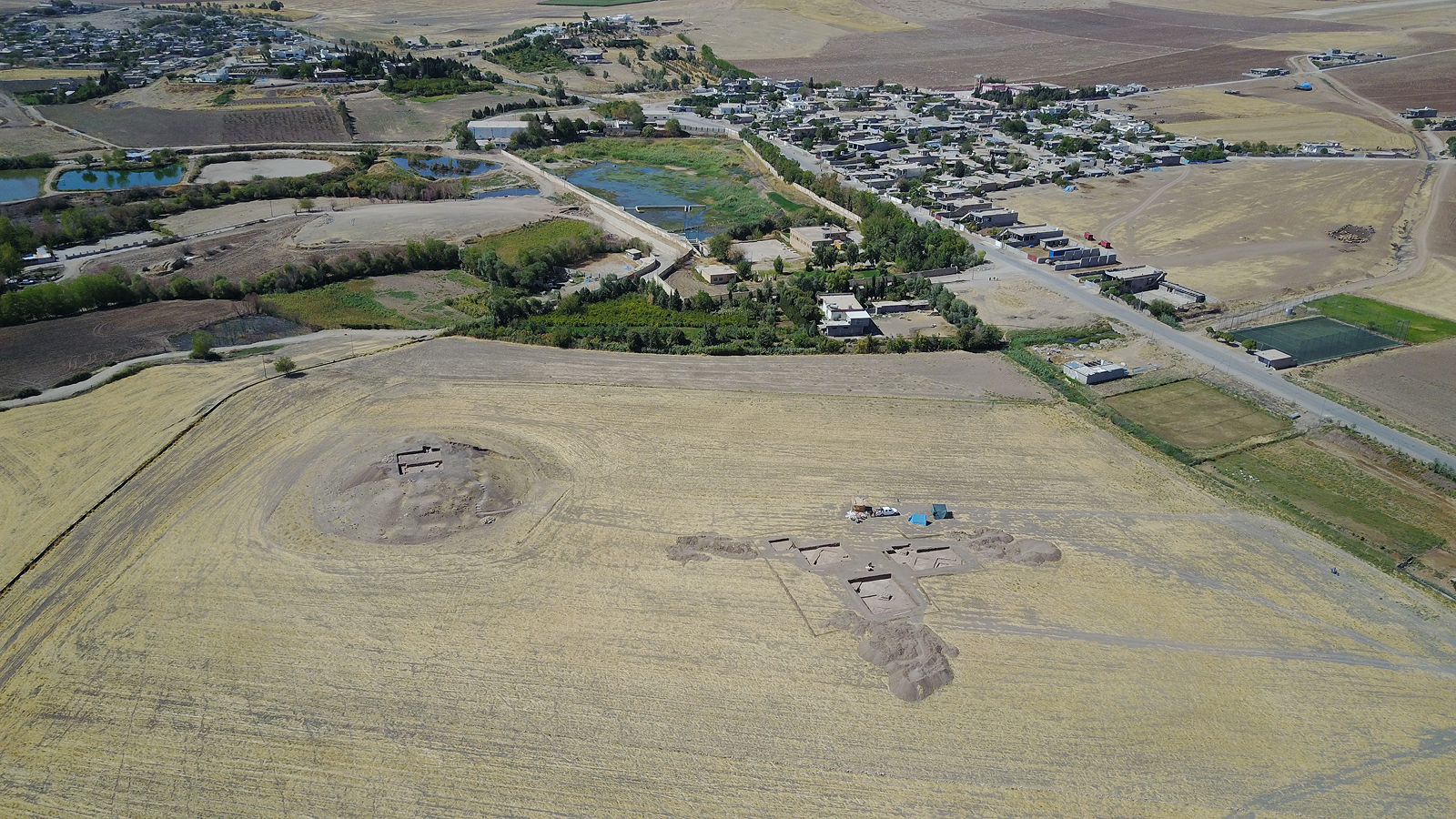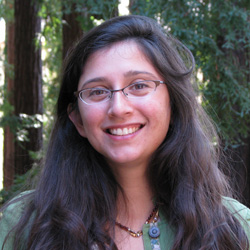
Tia Ghose
Tia is the editor-in-chief (premium) and was formerly managing editor and senior writer for Live Science. Her work has appeared in Scientific American, Wired.com, Science News and other outlets. She holds a master's degree in bioengineering from the University of Washington, a graduate certificate in science writing from UC Santa Cruz and a bachelor's degree in mechanical engineering from the University of Texas at Austin. Tia was part of a team at the Milwaukee Journal Sentinel that published the Empty Cradles series on preterm births, which won multiple awards, including the 2012 Casey Medal for Meritorious Journalism.
Latest articles by Tia Ghose

Science history: Anthropologist sees the face of the 'Taung Child' — and proves that Africa was the cradle of humanity — Dec. 23, 1924
By Tia Ghose published
Over a century ago, anthropologist Raymond Dart chipped an ancient skull out of some rock from an ancient quarry — and revealed the face of an ancient human relative.
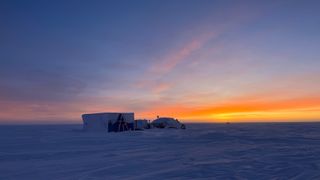
Science history: Norwegian explorer wins the treacherous race to the South Pole, while British rival perishes along with his crew — Dec. 14, 1911
By Tia Ghose published
In December 1911, Roald Amundsen and his crew reached the South Pole, beating his rival, Robert Falcon Scott, by 35 days. Scott and his crew didn't survive the return trip.
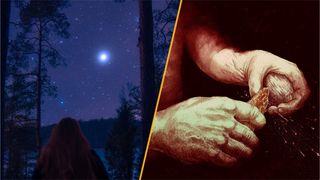
Neanderthals made fire, orcas and dolphins team up, and the 'Star of Bethlehem' explored
By Tia Ghose, Alexander McNamara published
Science news this week Dec. 13, 2025: Our weekly roundup of the latest science in the news, as well as a few fascinating articles to keep you entertained over the weekend.
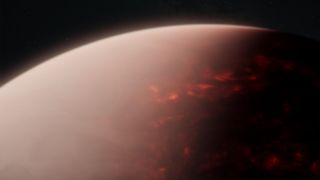
James Webb telescope uncovers a new mystery: A broiling 'hell planet' with an atmosphere that shouldn't exist
By Tia Ghose published
James Webb finds a hot planet that is tidally locked with its parent star, is coated with a thick atmosphere of volatile chemicals.
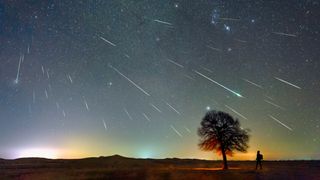
That was the week in science: Second earthquake hits Japan | Geminids to peak | NASA loses contact with Mars probe
By Patrick Pester, Tia Ghose last updated
Friday, Dec. 12, 2025: Your daily feed of the biggest discoveries and breakthroughs making headlines.
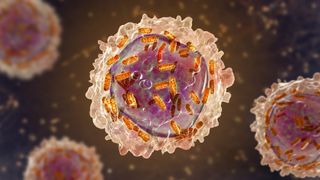
Science history: Female chemist initially barred from research helps develop drug for remarkable-but-short-lived recovery in children with leukemia — Dec. 6, 1954
By Tia Ghose published
In December 1954, Gertrude Elion and colleagues described a new compound they had developed that sent children with leukemia into remission. It would guide a new approach to "rational drug design."
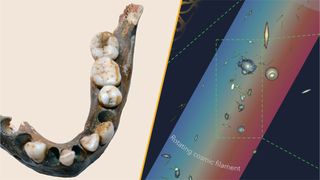
Science news this week: A human population isolated for 100,000 years, the biggest spinning structure in the universe, and a pit full of skulls
By Tia Ghose published
Dec. 5, 2025: Our weekly roundup of the latest science in the news, as well as a few fascinating articles to keep you entertained over the weekend.

That was the week in science: Vaccine skeptics get hep B win | Comet 3I/ATLAS surprises | 'Cold Supermoon' pictures
By Ben Turner, Tia Ghose, Patrick Pester, Alexander McNamara last updated
Live blog Friday, Dec. 5, 2025: Your daily feed of the biggest discoveries and breakthroughs making headlines.

CDC panel, stuffed with vaccine skeptics, votes to end recommendation for universal newborn hepatitis B vaccination
By Nicoletta Lanese, Tia Ghose published
The CDC's vaccine committee has voted to roll back a universal recommendation that newborns be vaccinated against hepatitis B, which is one of public health's major success stories.

Science history: Computer scientist lays out 'Moore's law,' guiding chip design for a half century — Dec. 2, 1964
By Tia Ghose published
At a small local chapter meeting of a professional society, Gordon Moore's talk laid out the rudiments of what would become "Moore's law", which would govern the electronics industry for a half century.
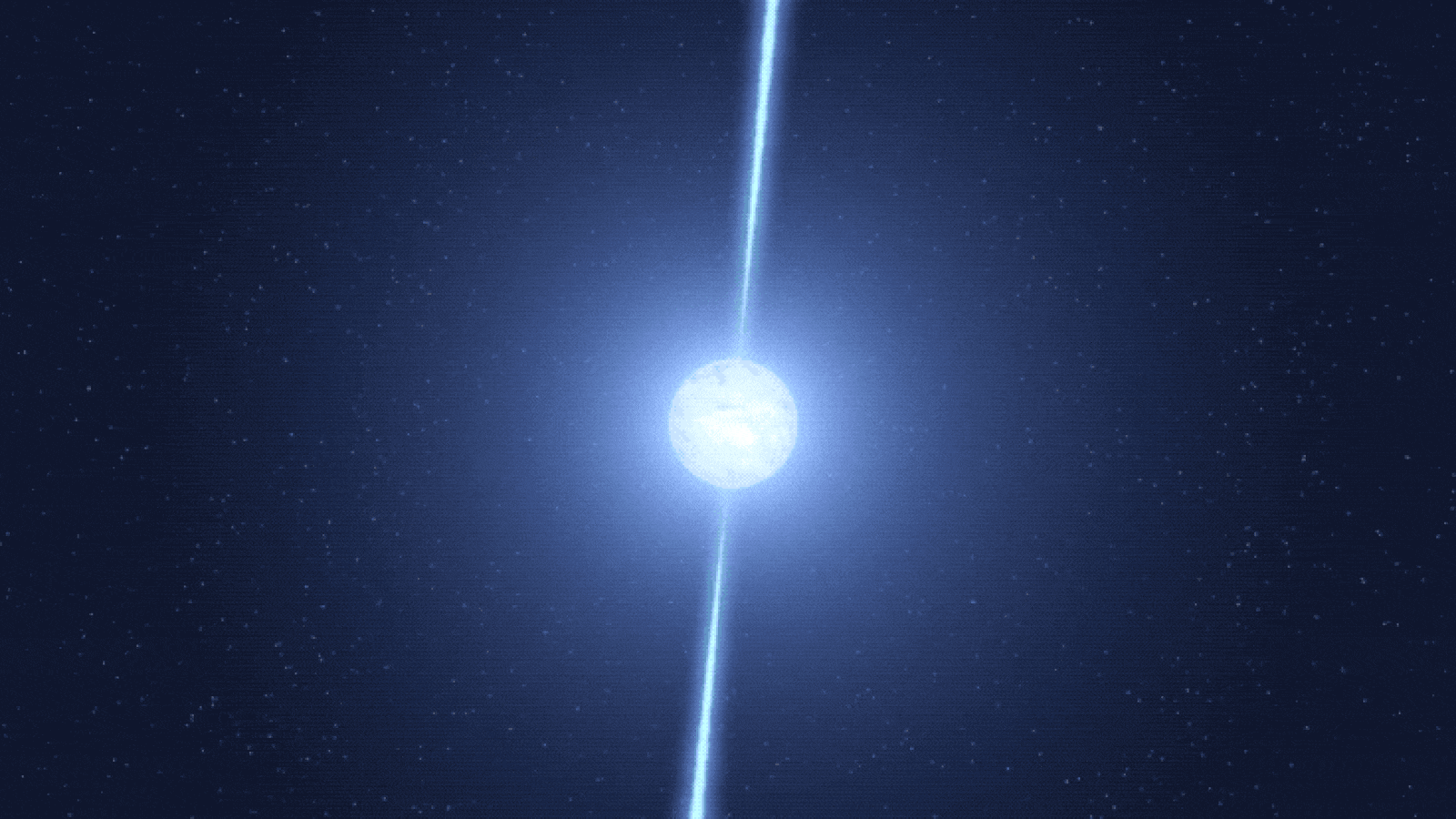
Science history: Astronomy graduate student Jocelyn Bell Burnell discovers a signal of 'little green men,' but her adviser gets the Nobel Prize — Nov. 28, 1967
By Tia Ghose published
Astronomer Jocelyn Bell Burnell detected a strange signal from outer space that would lead to the discovery of the radio pulsar. The signal, once described as coming from "little green men," would earn her adviser the Nobel Prize in physics in 1974.
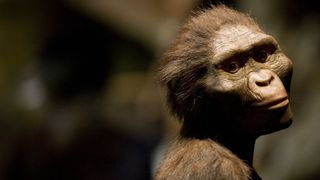
Science history: Iconic 'Lucy' fossil discovered, transforming our understanding of human evolution — Nov. 24, 1974
By Tia Ghose published
On an expedition in the Awash Valley in Ethiopia, two anthropologists uncovered the bones of a 3.2 million-year-old human ancestor. The iconic "Lucy" fossil would reveal much about our species' tangled family tree.
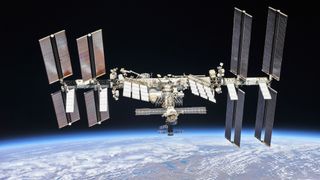
That was the week in science: CDC in turmoil | Moss survives space | Comet 3I/ATLAS images
By Ben Turner, Patrick Pester, Tia Ghose, Alexander McNamara last updated
Live blog Friday, Nov. 21, 2025: Your daily feed of the biggest discoveries and breakthroughs making headlines.
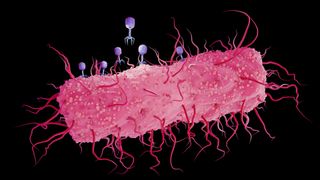
Science history: Experiment shows mutations arise spontaneously, supporting pillar of Darwinian evolution — Nov. 20, 1943
By Tia Ghose published
Two bacteriologists showed that mutations arise spontaneously in bacterial cultures, thereby disproving Jean-Baptiste Lamarck's theory of evolution.

Science history: 'Patient zero' catches SARS, the older cousin of COVID — Nov. 16, 2002
By Tia Ghose published
A person came down with an atypical form of pneumonia in November 2002, but it would be two months before anyone realized it was the start of a pandemic.

That was the week in science: New Glenn launch | China's astronauts return | 'Other' ATLAS explodes
By Ben Turner, Patrick Pester, Tia Ghose, Alexander McNamara last updated
Live blog Friday, Nov. 14, 2025: Your daily feed of the biggest discoveries and breakthroughs making headlines.
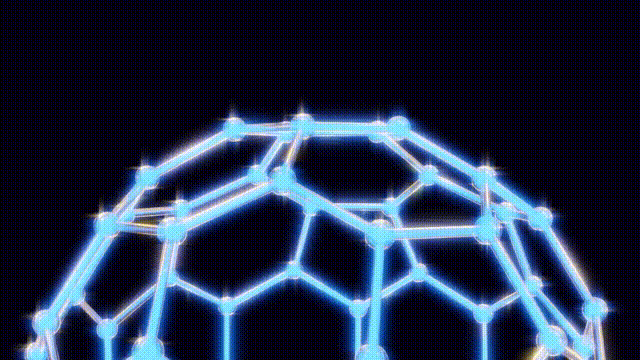
Science history: Chemists discover buckyballs — the most perfect molecules in existence — Nov. 14, 1985
By Tia Ghose published
Over a feverish 10-day period, scientists synthesized and described a new class of carbon molecules, called buckminster fullerenes, after the iconic 20th-century inventor.
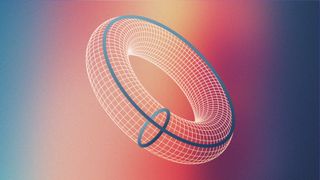
Science history: Russian mathematician quietly publishes paper — and solves one of the most famous unsolved conjectures in mathematics — Nov. 11, 2002
By Tia Ghose published
Mathematician Grigori Perelman solved the Poincaré conjecture, and then rejected the $1 million prize that came with it.

Science history: The Tacoma Narrows Bridge collapses, forcing a complete rethink in structural engineering — Nov. 7, 1940
By Tia Ghose published
One morning, the Tacoma Narrows Bridge began bouncing up and down and twisting to and fro before ultimately collapsing into the Puget Sound.

Science history: Archaeologists discover King Tut's tomb, and rumors of the 'mummy's curse' begin swirling — Nov. 4, 1922
By Tia Ghose published
While excavating in the Valley of the Kings, an Egyptian worker on an archaeological dig discovered a partially obscured step. It would lead into the unlooted tomb of King Tut.
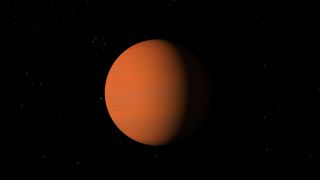
Science history: Astronomers spot first known planet around a sunlike star, raising hopes for extraterrestrial life — Nov. 1, 1995
By Tia Ghose published
About 50 light-years from Earth, a gas giant about half the mass of Jupiter orbits a sunlike star. The discovery of Pegasi 51 b ushered in a new era of exoplanet research.

Science history: First computer-to-computer message lays the foundation for the internet, but it crashes halfway through — Oct. 29, 1969
By Tia Ghose published
Messages transmitted between two computers located about 380 miles apart would form the basis of what would become the internet.
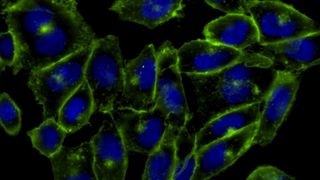
Science history: Scientists use 'click chemistry' to watch molecules in living organisms — Oct. 23, 2007
By Tia Ghose published
Carolyn Bertozzi and colleagues laid out a way to make paradigm-shifting "click-chemistry" compatible with living cells, opening up a window into living organisms.

Science history: First two-way phone call across outdoor lines made by Alexander Graham Bell — Oct. 9, 1876
By Tia Ghose published
Science history On Oct. 9, 1876, Alexander Graham Bell made a telephone call to his assistant a few miles away — the first demonstration of what would ultimately become a global telephone network.
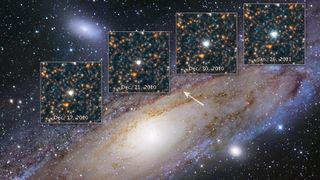
Science history: Edwin Hubble uncovers the vastness of the universe with discovery of 'standard candle' — Oct. 5, 1923
By Tia Ghose published
Science history On the night of Oct. 5, 1923, Edwin Hubble observed a strange star that flickered in intensity at regular intervals. The star, dubbed M31-V1, was key to showing that the universe extended far beyond the borders of the Milky Way.
Get the world’s most fascinating discoveries delivered straight to your inbox.
